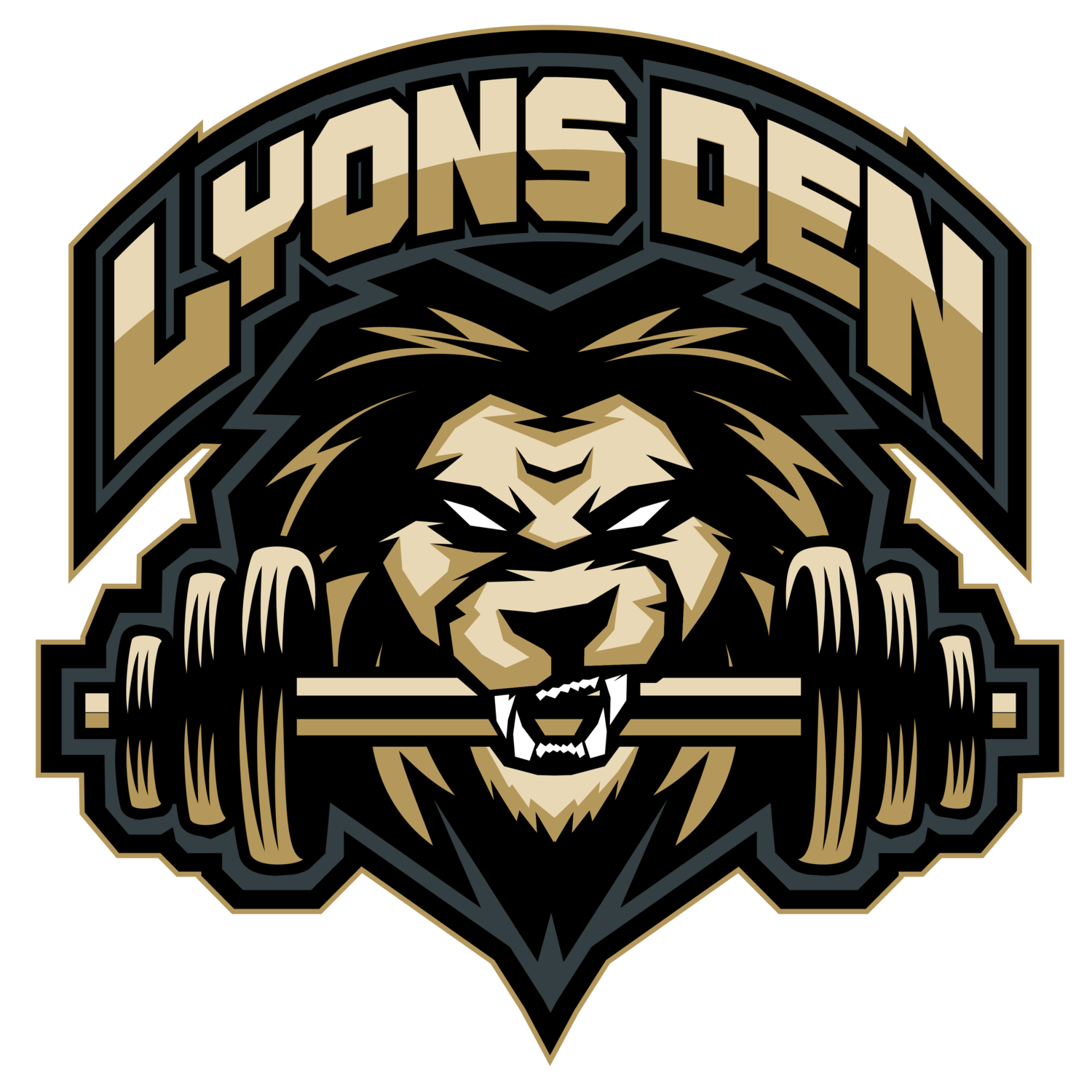Zercher Squats are Dumb
What is the Zercher Squat? Well, it’s become somewhat of a meme movement in the gym because I swear it’s all I see in my social media feeds right now in early 2025. Like everything in fitness with some level of value, it’s been bastardized and misused to infinity.
I don’t hate this movement, but there’s so little value for the majority of athletes that I feel like we need to have a chat about it, so that’s what we’re going to do today.
What is the Zercher Squat?
The Zercher squat is a squat variation that was invented/popularized by a man named Ed Zercher in the 1930s. Ed was a strongman and powerlifter from St Louis, Missouri. The gym that he trained out of didn’t have a squat rack, and he really wanted to be able to squat. Thus, the Zercher squat was born. Not out of functionality, but out of necessity.
Ed would grab the barbell in the crease of his elbows and “deadlift” the bar up. He would then squat for however many reps he had prescribed for that session, and then put the bar down. Repeat as necessary to complete the training session. You see, back then squat racks hadn’t been mass-produced yet and to squat, most people had to do what was called a Steinborn squat. You’ve probably seen these on social media where someone stands the barbell up on its side, and then bends to the side to pick it up before squatting. It’s mostly seen as a party trick or social media-friendly type movement today, but at one moment in time, it was the only way that most people could squat.
Over the last. century, this exercise has become popular with powerlifters, bodybuilders, CrossFitters, and more recently, athletes. The purported benefits of the Zercher squat are:
“Functional” strength in the quads, hamstrings, glutes, lumbar extensors, upper traps, and biceps
Reduced stress on the spine
“Postural awareness”
Core activation
Upper back mobility
We’re going to talk more about these in depth, next.
The “Benefits” of the Zercher Squat
You’ll often hear the gym bros and functional gurus talk endlessly about why the Zercher squat is a great addition to your training toolbox. “It activates your core, bro” and “It’s functional because it’s like real life” are some of the things that you’ll hear said about the Zercher squat. This is nonsense and I’m going to tell you why.
Your average Zercher squat proponents are weak. Sorry, I don’t make the rules. Others who support this movement being placed in the programs of athletes are just looking for a way to differentiate themselves from the rest of the pack of coaches. It’s different, and it’s “new.” If you’ve been around the fitness game for any level of time, you’ve seen this with the whole “functional" training” movement from the late 2000s. Coaches put everyone on BOSU balls and Airex pads because you’re not getting better unless you’re training to play your sport in a bouncy house, ammirite!?
Well, it seems that social media has brought this stupid fad back with the Zercher squat. We’ll look back at this in 20 years and wonder what the hell we were thinking, just like everything else we cycle through throughout the years. Your average Zercher squat enthusiast will tell you how great it is, and then with a straight face, explain to you why traditional deadlifts and good mornings are bad for your back, often listing the exact “benefits” of the Zercher squat as their reasoning. I’m not kidding; it’s insane.
Reasons Why The Zercher Squat is Dumb
This movement isn’t great for most athletes, or even regular gym rats. Here are my reasons:
It places completely unnecessary stress on the elbow.
It places completely unnecessary stress in the thoracic spine.
Loads will be significantly lighter due to bar placement in the elbow crease. Your bicep strength is now the rate-limiting factor when it comes to load. And when I say significantly, I mean SIGNIFICANTLY.
Most people cannot maintain a rigid torso throughout this movement, meaning they will fold forward putting undue stress into the lumbar extensors and they structures that they protect.
Unless you’re a wrestler or an MMA fighter, this movement isn’t “functional” for anything in sport.
Stress on the shoulder is significantly higher than it needs to be. Most lack the upper back strength to be able to do this movement in a beneficial position.
I feel like 6 reasons is enough but I’ll add that it’s uncomfortable for absolutely no reason. Why be uncomfortable in the gym with zero real return?
This movement is best left where you got it from, which was a 1930s necessity before squat racks were mass-produced. Just because Ed was a monster, doesn’t mean that you need to do everything he did. Oftentimes, these genetic freaks are still freaks in spite of what they do in the gym, not because of it. I also want to remind everyone that you wouldn’t jump off a bridge if all the cool kids were, or at least I hope not.
What You Should Do Instead
If you’re a beginner, meaning you have a training age of less than 3 years, you should be hammering the basics. Basic squat variations, bench press variations, overhead press variations, lunge variations, hinge variations, row variations, etc. It’s not time for your training to look sexy or interesting yet, there will be plenty of time for that for down the road.
If you have a moderate to high training age, then you should steer towards squat variations that allow for more load. Box squat variations, specialty bar squat variations, good morning variations, deadlift variations, lunge variations, hinge variations, and all of their unilateral variations.
If you’re a strongman competitor then I say have at it, the Zercher squat has great carryover to much of what your sport entails. Everyone else, you’re making this lift harder and lighter than it needs to be.

